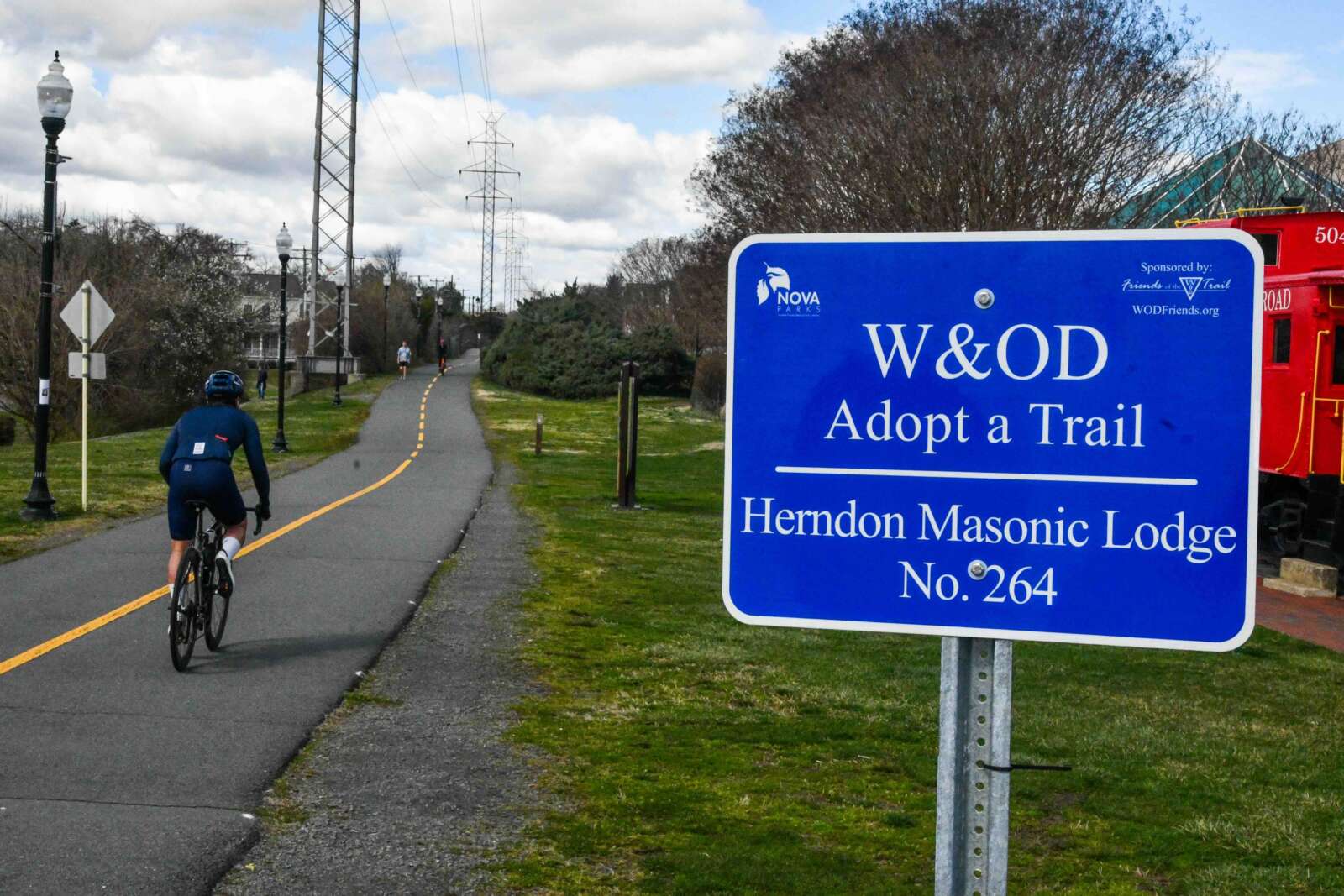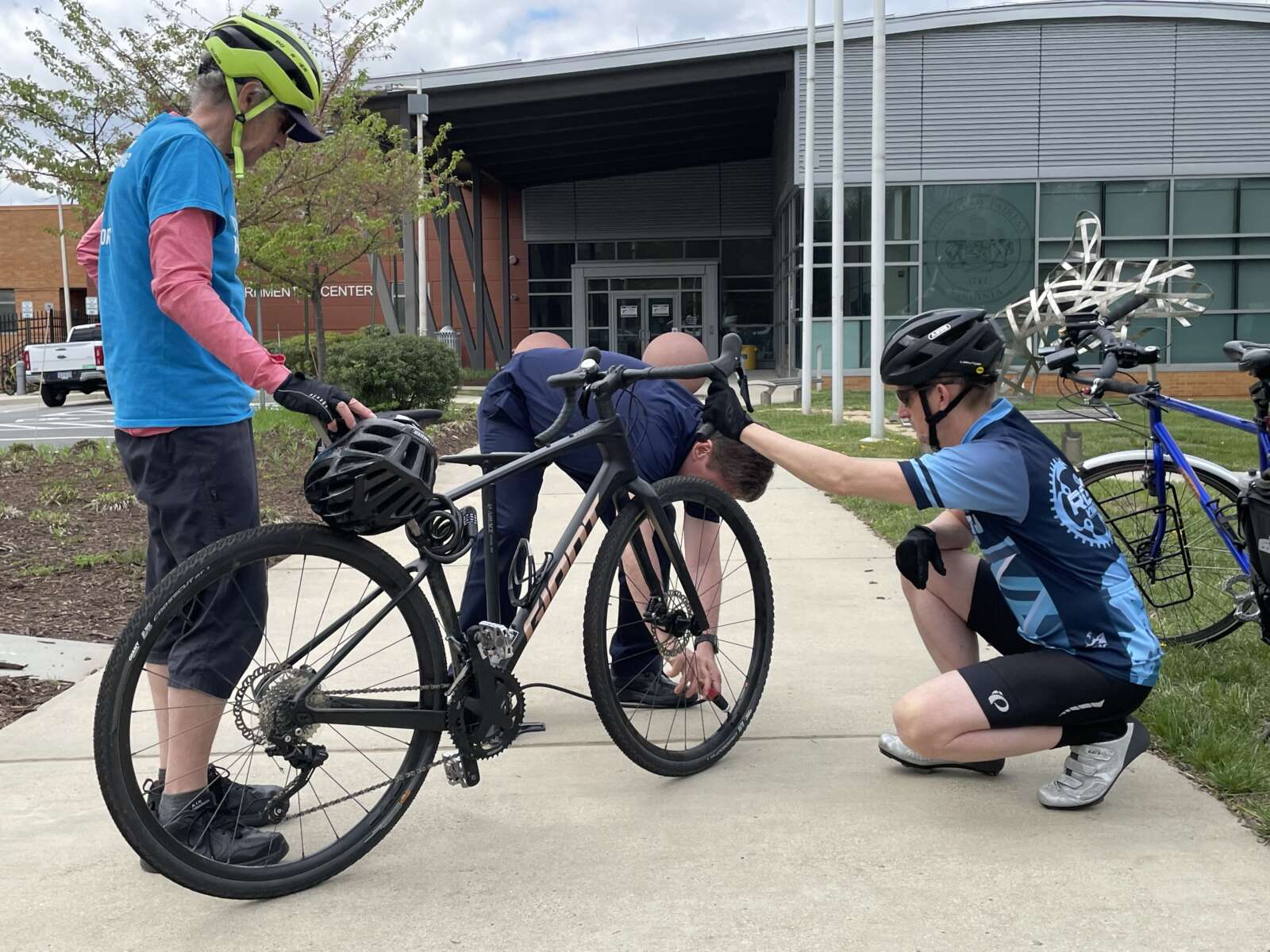Some people may have the perception about the back seat being the safest spot for passengers. While this may have been true at one time, new safety technology in vehicles have made this assumption incorrect.
Recently, the numerous safety advancements in the automobile world have improved seatbelt technology among other changes. However, many of these advancements have predominantly benefited front-seat passengers.
After a car crash, the effect of the impact can be far worse for back-seat passengers than for the occupants in the front. Some reports indicate automakers are yet to offer the same safety features for back-seat passengers. However, there are plans to develop a technological safety feature for back-seat passengers.
Fatal Injuries Common With Back-seat Passengers
Studies have shown that back-seat passengers are faced with more fatal injuries than front-seat passengers. In the event of a car accident, back-seat passengers can experience:
- Severe concussions
- Traumatic brain injuries
- Chest, Abdominal, Neck, and Spinal injuries
- Bone fractures
Why Riding in The Back Seat is More Dangerous
The lives of front-seat passengers are at risk if back-seat passengers refuse to wear their seatbelts. This is because the space between them offers no protection from the impact of a collision.
Additionally, in the event of an accident, unfastened backseat passengers can be propelled forward, causing significant or even deadly damage to the driver or front-seat passenger.
However, safety isn’t assured for back-seat passengers who put on their seatbelts at all times. This is because some automakers create enhanced seatbelt technology for front-seat passengers while not offering such technology for back-seat passengers.
This is why, if compared to front-seat passengers who fastened their seat belts, buckled back-seat passengers are at higher risk of being severely injured in a car crash. Some vehicles have a more advanced front-seat belt option that adjusts instantly if a collision is likely, but this technology is not always used for seatbelts in back seats.
Even the National Highway Traffic Safety Administration (NHTSA) has advised people aged 55 and over to always stay in the front seat. In their study, the Insurance Institute for Highway Safety found that a higher number of fatalities were back-seat passengers between ages 50 to 80. They called on the auto industry to make the back seat a top priority in their newest auto technology.
Back Seat Safety Features Motorists Wish Were in Place
The safety of back-seat passengers is important. Automobile manufacturers are going ahead to create safety features that will safeguard all vehicle occupants, even as the auto industry and safety authorities learn more about the value of back-seat safety technology.
Some of the features that can provide additional safety for back-seat passengers include:
1. Airbags for Back-seat Passengers
Front-seat passengers enjoy the airbag safety feature. This feature can also be provided for back-seat passengers. The airbags can ensure that back-seat occupants do not collide with any hard surfaces, and prevent them from being fatally injured in the case of a crash.
Air-filled back-seat belts are available in some premium vehicles, minimizing the force on the occupant’s chest if there is a collision. Some auto manufacturers include airbags that expand from the back of the front seat, providing additional protection for the head, neck, and shoulders of back-seat passengers. The back airbags can be further tested to see if they are compatible with child car seats.
2. Individualized Protection
Back seats can be engineered to automatically change to accommodate the demands of a broad range of passengers of different sizes, ages, and shapes. There are reports that seat belt manufacturers are developing technology that adapts the position of the shoulder belt to the passenger to provide a secure fit.
3. Crash Simulation
There are no crash test ratings for the safety of back-seat passengers. Researchers at the Center of Injury Research Prevention are test running better safety measures for back-seat passengers using computational human body models.
These models measure how well a booster seat protects a child even if they are not sitting correctly. Some researchers are also running simulations using taller or shorter occupants than usual, as crash simulation mannequins do not typically reflect these people.
Ways to Make the Back Seat Safe for Children
Children and babies frequently occupy the back seat of a car. Even if a car does not have the latest back-seat belt technology, parents and guardians can do the following to ensure that the back seat is safe.
1. Choose a Suitable Car Seat
The process of selecting a safe spot in the car can be pretty challenging. Parents or guardians must determine whether it is suitable to switch their child from a back-facing seat to a forward-facing seat in addition to selecting the seat.
Except if the child’s height and weight matches the limits listed on the car seat label, the American Academy of Pediatrics (AAP) suggests that children under the age of two ride in a back-facing car seat. Children should sit in a booster seat and remain in a forward-facing car seat until they can no longer fit in it. A pediatrician can recommend the safest car seat based on a child’s height, weight, and age.
2. Dispose of Loose Objects
Most times, objects such as cans, plastics, and other items are frequently left on the passenger seat, the floor, or the console between the front seats by drivers. These objects can cause harm to a driver or passengers if there is a sudden halt or collision. It is advisable to put all loose objects in the trunk of a car, glove compartment, or behind the seat pockets.
3. Change Faulty Car Seats
If a car seat has torn straps or is otherwise defective, it should be changed immediately. Car seats are costly, but parents should avoid buying used car seats to cut costs.
It is difficult to determine if the second-hand product was correctly used and maintained. If there are loopholes like some parts missing or broken, it may not protect the child from severe injuries if there is a car crash.
Conclusion
Back-seat passengers are at higher risk of injuries in a car crash. Automakers can help in minimizing this risk by paying more attention to the safety of backseat passengers while coming up with new car safety features.






